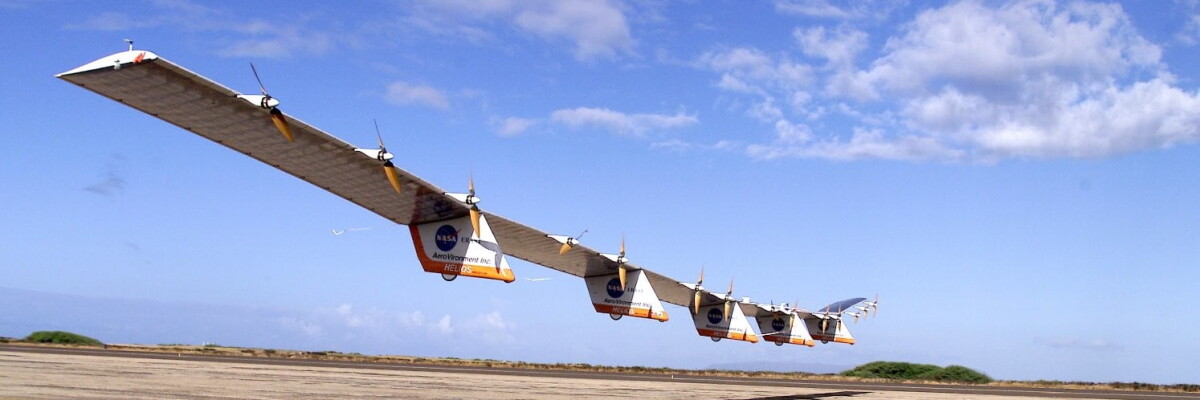Engineers tested on-board system security and telecommunications connectivity.
The HAWK30 pseudo-satellite was tested for the first time at the NASA Armstrong Flight Research Center (California). HAWK30 is an autonomous vehicle with a 78-meter wingspan that was created to redirect telecommunications signals. HAPSMobile, a Japanese company that is responsible for the development, plans to launch pseudo-satellites of this type to an altitude of 20 kilometers. The device will reach a maximum speed of 110 km/h, with a coverage area of 200 km.
The first test flight was used to verify the security of the on-board systems and the manoeuvrability of the vehicle. HAPSMobile established the flight as a success, however they have yet to reveal any technical details from the tests.
The project has been underway since 2017. After completing all tests, the engineers will equip HAWK30 with transmission equipment that will enable it to interact not only with special terminals, but also with regular smartphones.
Pseudo-satellites are relatively lightweight autonomous vehicles with large wingspans that can make long flights (up to several months) in the lower layers of the atmosphere. These devices are usually solar powered, with low average flight speeds.
Share this with your friends!





Be the first to comment
Please log in to comment